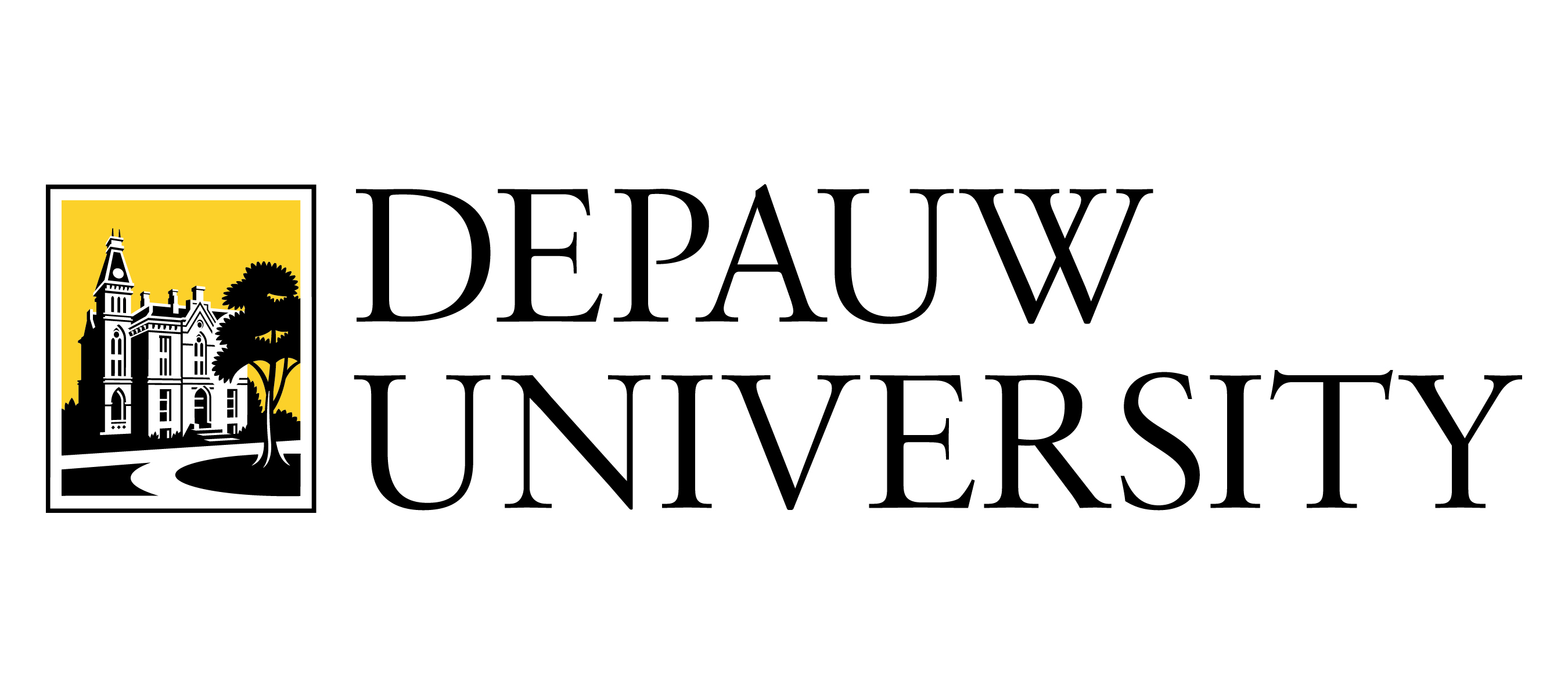Document Type
Syllabus
Publication Date
Spring 2024
Course Description
Most of us will neither have the chance to traverse anything close to the entire globe nor experience the huge variety of social formations around the world. Since the advent of cinema in the late nineteenth century, however, we have been able to receive seemingly endless messages and stories about an array of global cultures in a radically new way. Indeed, film was the first mass medium capable of communicating to audiences in a manner that transcends language and literacy barriers, particularly during the formative silent era. Consequently, its impact on people’s conceptions of themselves and others is significant, especially as successive media innovations have made the production, distribution, and exhibition of moving images ubiquitous. This course will explore how moving image mass media represents and shapes reality for global audiences. Rather than attempt to provide an inevitably incomplete survey of world media history, we will focus on a particular mass medium in diverse cultures as case studies that will illuminate broader trends most germane to the contemporary moment. Specifically, we will analyze how recent film content continues to function as “a window to the world.” As this metaphor suggests, filmmaker representations have cultural implications despite the potential for audiences to interpret those portrayals differently. A primary reason we are concentrating on film, then, is because of its close connection to core course concepts as well as its comparative historical longevity and influence on subsequent media. To introduce key terms and theories, we will begin by reading foundational essays on a particular national film industry example: contemporary New Zealand cinema. That introduction will lead to an ensuing examination of larger issues in an assortment of recent global media contexts. This approach, in conjunction with course readings, discussions, screenings, and assignments, will enable us to grapple with fundamental issues about global mass media that include, but are not limited to, the following questions: Is there a dominant form of filmmaking globally and are there alternatives to it? How do global audiences comprehend moving image media? In what ways does film highlight tensions between global universals and local specificity? How is government policy linked to cinema? In what ways are transnational flows evident in film? How does artistic expression and political commentary vary in film globally? How does cinema construct identity, nation, geopolitical conflict, and other facets that comprise the contested terrain of culture?
Recommended Citation
Friedman, Seth, "COMM 337A/FLME 321A Global Media [GL] Friedman Spring 2024" (2024). Course Syllabi. 322, Scholarly and Creative Work from DePauw University.
https://scholarship.depauw.edu/records_syllabi/322



Student Outcomes